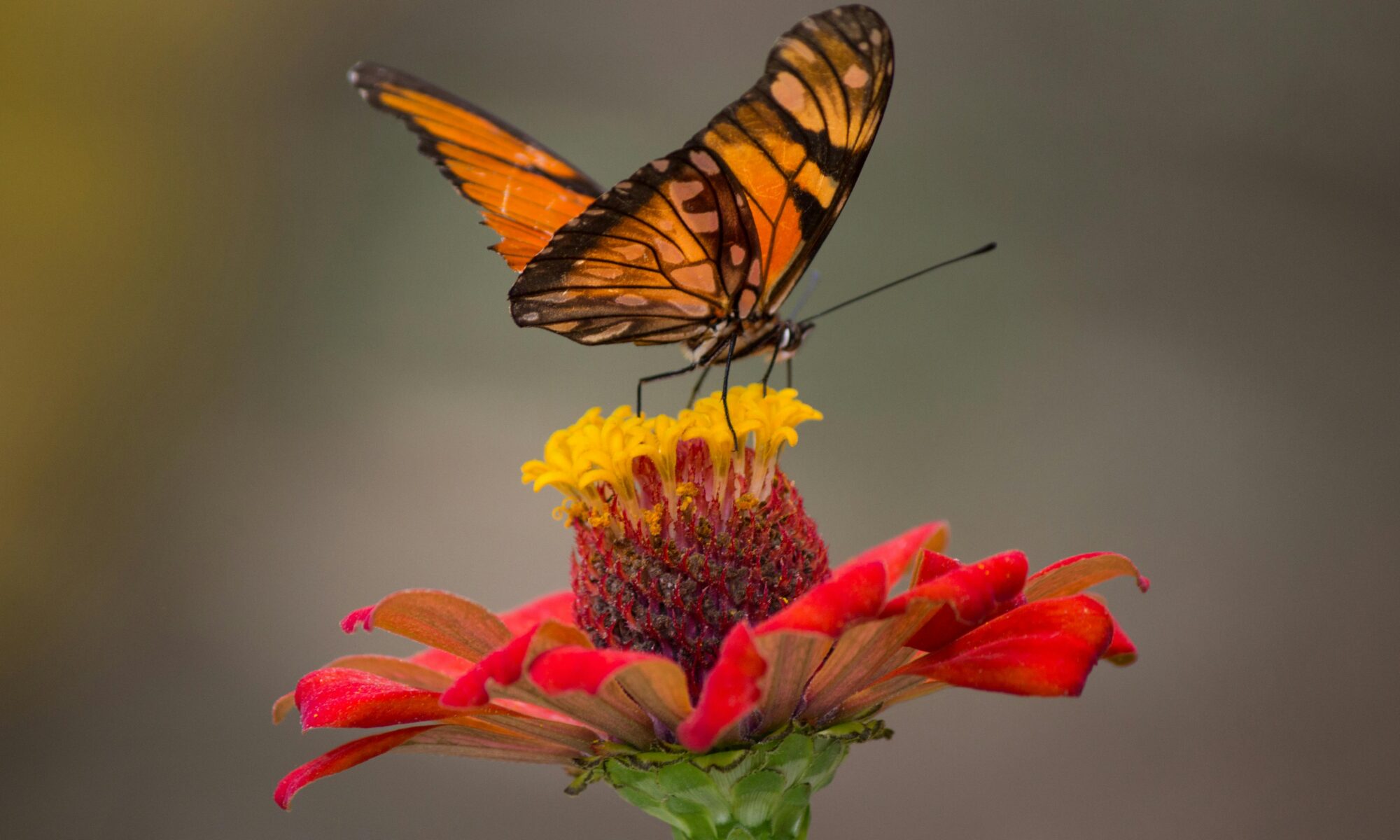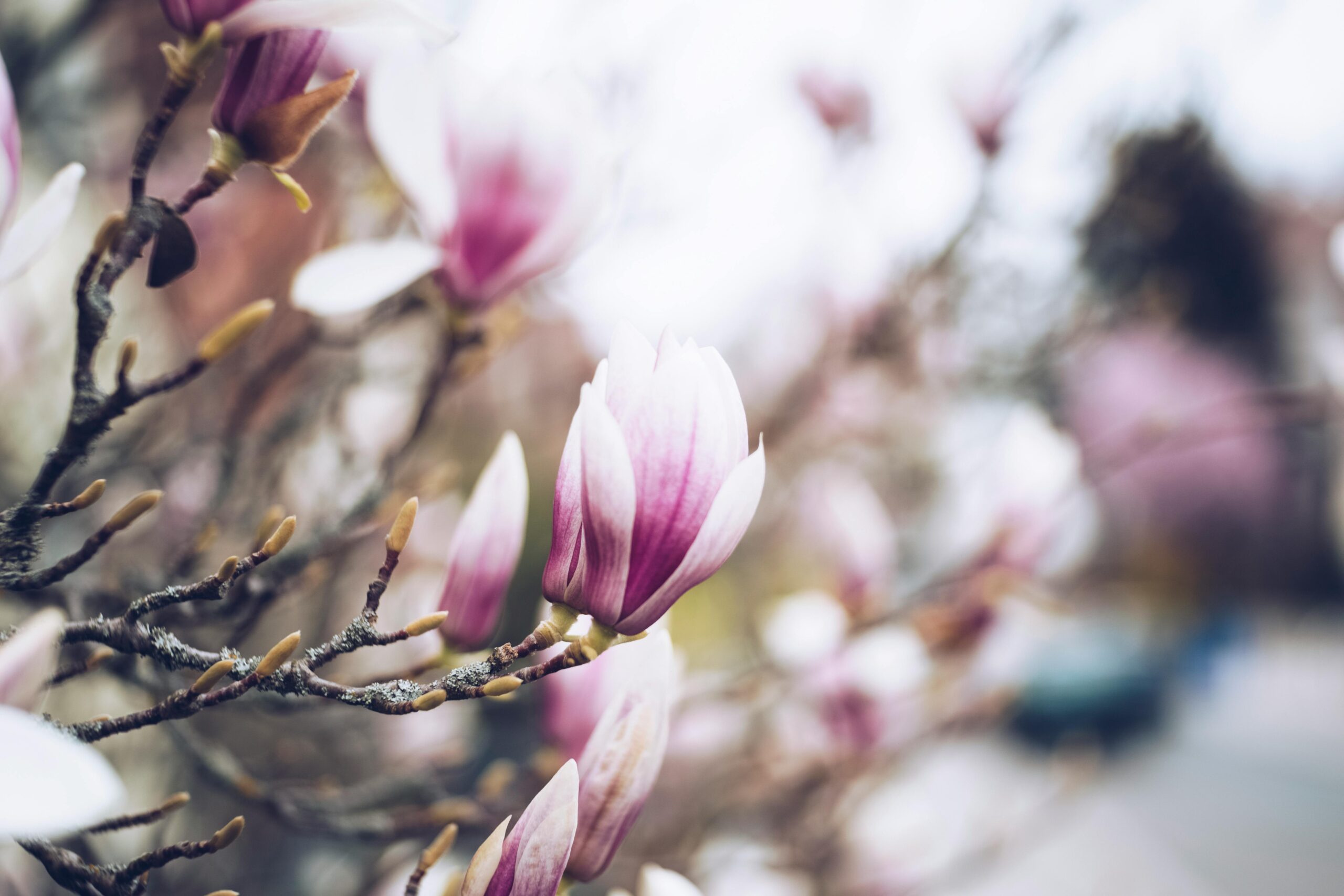Palm trees, with their graceful fronds swaying gently in the breeze, are a beloved addition to landscapes around the world. They evoke images of paradise, offering a touch of the tropics wherever they are planted. Beyond their beauty, palms provide shade, offer privacy, and even produce delicious fruits in some varieties.
However, a significant threat lurks beneath the surface: Fusarium wilt. This common and deadly fungal disease can devastate palm trees, making their vibrant green fronds a sad reminder of their former glory. Understanding this disease is crucial for protecting these beautiful trees.
Understanding Fusarium Wilt
Fusarium wilt is a fungal disease caused by a microscopic organism called Fusarium oxysporum. This fungus lives in the soil, invading the palm tree’s root system. Once inside, it colonizes the vascular tissues, which transport water and nutrients throughout the tree. The fungus disrupts this vital flow, causing the palm to wilt and eventually die.
Common Symptoms of the Disease
Early detection is vital in managing Fusarium wilt. Be on the lookout for these warning signs in your palms:
- Uneven wilting: Leaves, often on one side of the frond first, begin to wilt and turn yellow or brown.
- Leaf discoloration: Browning streaks may appear along the petiole (leaf stalk) and rachis (central stem of the frond).
- Leaf die-off: As the disease progresses, affected fronds will die and become dry and brittle.
- Stunted growth: The overall health of the palm declines, with new growth appearing stunted or wilted.
Types of Palms Most Susceptible
While all palm species can be susceptible, some are particularly vulnerable to Fusarium wilt. These include:
- Queen palms (Syagrus romanzoffiana)
- Mexican fan palms (Washingtonia robusta)
- Canary Island date palms (Phoenix canariensis)
By recognizing the signs and understanding which palms are at higher risk, you can proactively protect your beloved trees from this devastating disease.
Preventive Measures
The best defense against Fusarium wilt is a proactive approach. Here are some key steps you can take to safeguard your palms:
Choosing the Right Palms
- Select resistant species: When choosing a palm for your landscape, opt for varieties known to resist Fusarium wilt. Your local nursery or a certified arborist can advise you on the best options for your region.
- Inspect before purchase: Carefully examine palms at the nursery before buying. Avoid plants with yellowing or wilting fronds, browning on the petioles, or stunted growth – these could be signs of Fusarium wilt or other diseases.
Proper Planting Techniques
- Soil preparation: Ensure proper drainage for your palm. Fusarium thrives in soggy soil. Amend heavy clay soils with sand or other organic matter to improve drainage.
- Spacing considerations: Plant palms at the recommended distance for their mature size. Crowding can stress the trees and make them more susceptible to disease.
Watering and Nutrition
- Watering: Overwatering is a major stressor for palms and can contribute to the development of Fusarium wilt. Water deeply but infrequently, allowing the soil to dry slightly between waterings.
- Fertilization: Regular fertilization with a balanced palm fertilizer will help keep your palms healthy and resistant to disease. Follow the manufacturer’s instructions for application rates and frequency.
By implementing these preventive measures, you can create a healthy environment for your palms and minimize the risk of Fusarium wilt infection.
Practices for Disease Management
Even with the best preventive measures, Fusarium wilt can sometimes occur. Here’s what you can do to manage the disease:
Sanitation
- Cleanliness is key: Maintain a clean area around your palm trees. Remove fallen leaves and debris regularly, as these can harbor the Fusarium fungus.
- Tool hygiene: Sanitize your pruning tools before and after working on each palm tree to prevent the spread of the disease from infected trees to healthy ones.
Monitoring and Maintenance
- Regular inspection: Inspect your palms regularly for signs of Fusarium wilt, such as wilting, discoloration, and stunted growth. Early detection is crucial for effective management.
- Maintenance practices: Properly maintain your palms by removing dead or diseased fronds to improve air circulation and reduce the risk of fungal growth.
Pruning and Disposal
- Pruning considerations: Only prune infected fronds using sterilized tools. Make clean cuts and avoid injuring healthy tissues.
- Disposal of infected material: Do not compost infected fronds. Bag and dispose of them in the trash to prevent the fungus spread.
By following these practices for disease management, you can help to minimize the impact of Fusarium wilt on your palms. If you suspect your palm may be infected, it’s important to consult with a certified arborist for professional diagnosis and treatment recommendations.
Chemical Control Options
Fungicides can be a tool in managing Fusarium wilt, but they are most effective as a preventive measure. Here’s what you need to know:
Preventative Use of Fungicides
- Limited effectiveness: Fungicides are not a guaranteed solution and should be used as a last resort after implementing preventative measures.
- Application considerations: Consult a certified arborist for advice on the appropriate fungicide type and application method for your specific palm species and situation. They can also advise on the timing of preventative fungicide applications, which may be crucial in areas with a high risk of Fusarium wilt.
Always consult a certified arborist for the most up-to-date information on approved and effective fungicides for Fusarium wilt control in your area.
What To Do If Your Palm Is Infected
If you suspect your palm may have Fusarium wilt, it’s crucial to act quickly. Here’s what to do:
- Seek professional diagnosis: Contact a certified arborist for a professional diagnosis. Early detection can significantly improve the chances of saving your palm.
- Treatment options: Unfortunately, there is no cure for Fusarium wilt once a palm is infected. However, an arborist may recommend fungicide treatments or other strategies to slow the progression of the disease and potentially extend the life of the palm. The effectiveness of these treatments can vary depending on the severity of the infection.
Removal and Replacement
In some cases, especially with advanced infections, removal of the infected palm may be the most responsible course of action. This helps prevent the spread of the disease to other palms in your landscape. An arborist can advise you on the proper disposal methods and recommend suitable replacement palm species with resistance to Fusarium wilt.
Investing in the health of your palm trees is an investment in the beauty and enjoyment of your landscape for years to come. Healthy palms add value to your property, improve air quality, and provide a habitat for wildlife.
By following the proactive measures outlined in this guide, you can create a healthy environment for your palms and minimize the risk of this devastating disease. Regular inspection, proper maintenance practices, and understanding sanitation and disease management techniques are vital to keeping your palms thriving.
At Sexy Trees, we are passionate about palm tree health. If you have any questions or concerns about your palms, please contact us for a consultation. Our certified arborists can provide expert advice on palm selection, planting, maintenance, and disease management.
Let us help you keep your palms healthy, beautiful, and sexy for years!
 Bringing Sexy Back Into Your Yards
Bringing Sexy Back Into Your Yards 




